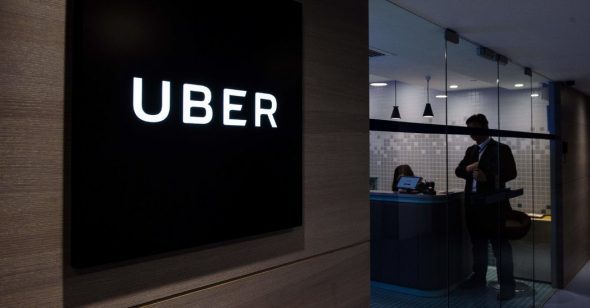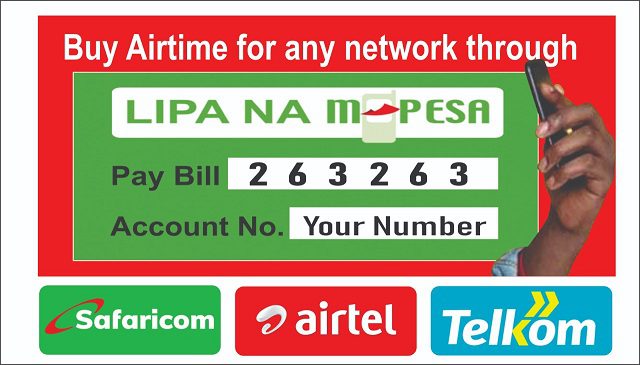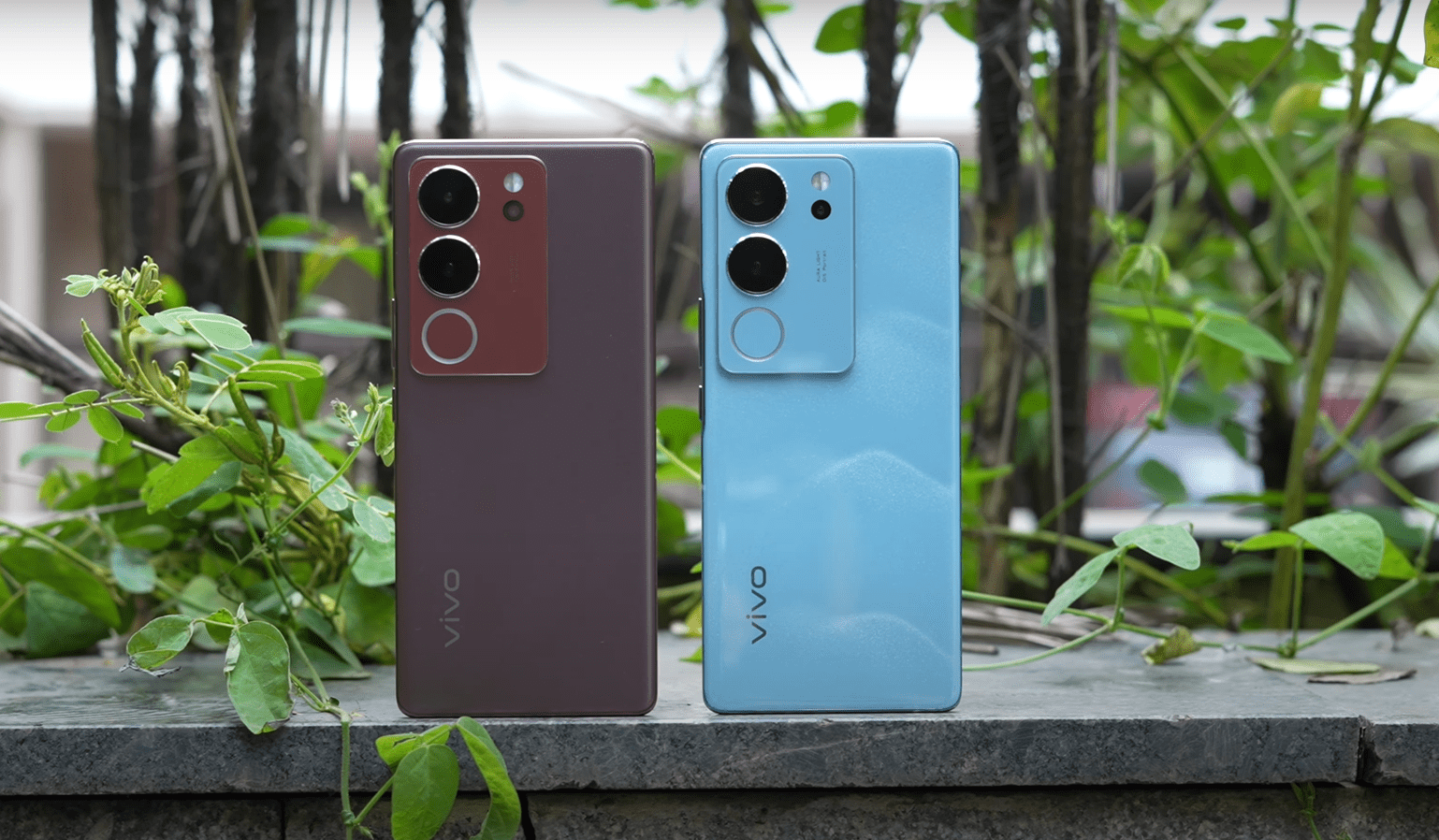

Harry Campbell has tested several e-taxi apps as a driver and on his popular blog, The Rideshare Guy, he highlights some gains of the program, as well as areas that did not perform very well.
In regard to tipping, which was introduced when Uber’s former CEO and founder Travis Kalanick resigned, it is reported that the option has not gained traction as drivers expected. This is because some riders have a problem in identifying the location of the tipping button within the app, which, supposedly, is Uber’s tactic as the tool is deliberately hidden under other menus. It is believed that this goes in line with company’s culture that discourages driver tips. Were the button available on the app’s home page, drivers would have received more revenue.
The second part of the 180 Days of Change program was a 24-Hour Phone Support. Traditionally, it is difficult for any tech company to have a robust customer care department but for a corporation like Uber that has vast resources, it was frustrating for riders and drivers to have access to them in cases of queries or complaints. Also, existing lines were not toll fee, which added another bill for customers. Upon launching the program, things remain mostly the same as the quality of support is still below par. Nonetheless, Harry argues that it is a good thing that the system is in place, and only needs improvement to guarantee its existence.
Another critical addition to the campaign was the arrival of feature that allowed driver partners to be apprised of rider destination from 2 to 6 daily filters. It appears that the number of times drivers had to enquire for ETAs for pick up request decreased significantly, and so were complaints regarding destinations. However, in busy days, Uber did limit driver filters to 2. It also appears that this feature is not constant (it has since reverted to 2) probably because riders experienced longer wait times based on a driver’s extended decision-making process (long trips tend to be avoided) before proceeding with a trip or otherwise.
In terms of increased earnings on long pickups and wait time, Harry states that these changes had little impact in drivers other than boosting their ratings for their effort. Previously, riders benefited from drivers who could go out of their way for long pickups sans compensation.
Lastly, Uber did introduce a Live Rider location, which a competitor such as Little Cabs has been doing for some time now. Other additions include ‘heads-up’ for scheduled trips on the driver’s app, which focuses in boosting ratings.
Based on these assertions, Uber still has room for improvement if they increase rates for drivers through Uber’s pockets or charging riders more (which is unlikely because loyalists will shift to competitors in a snap). However, a middle ground can be formulated, like encouraging passengers to tip more. Finally, Uber needs to continue awarding top drivers, and this has been in action locally disguised as UberSELECT.
You can check out the ratings here.




















